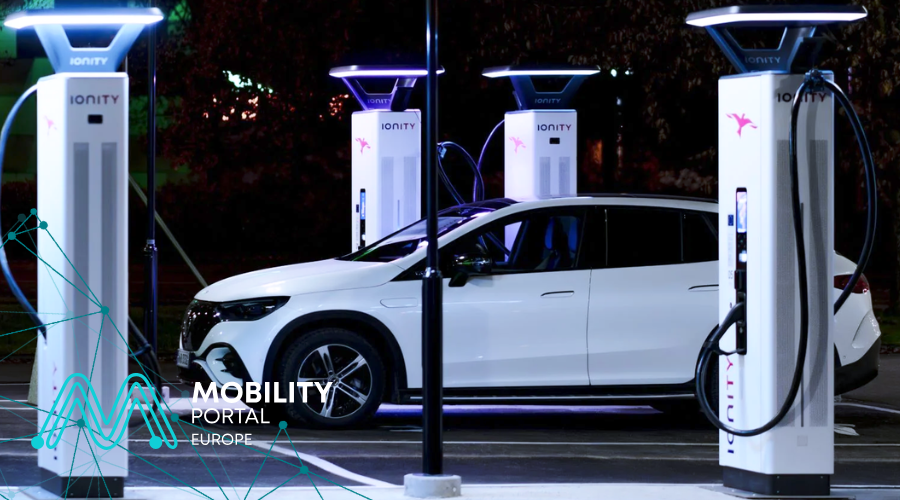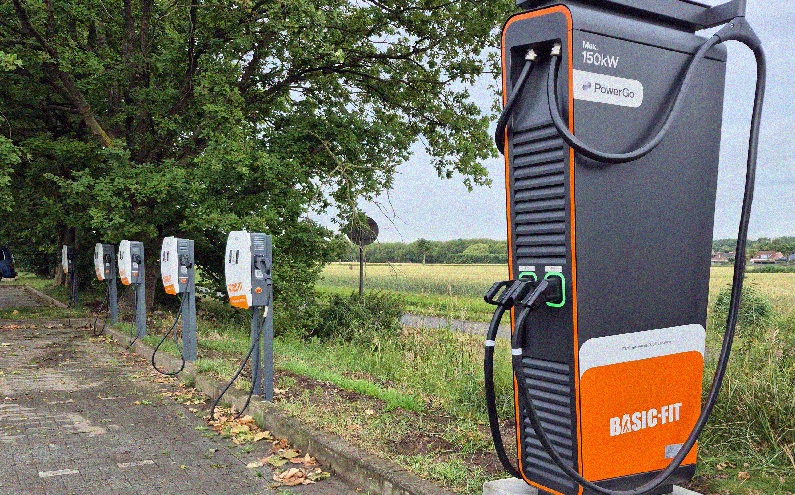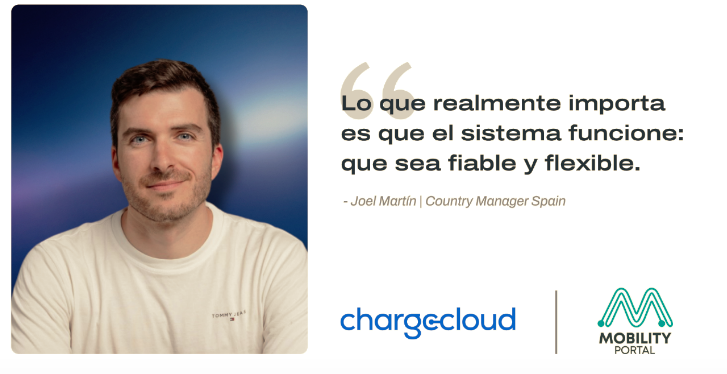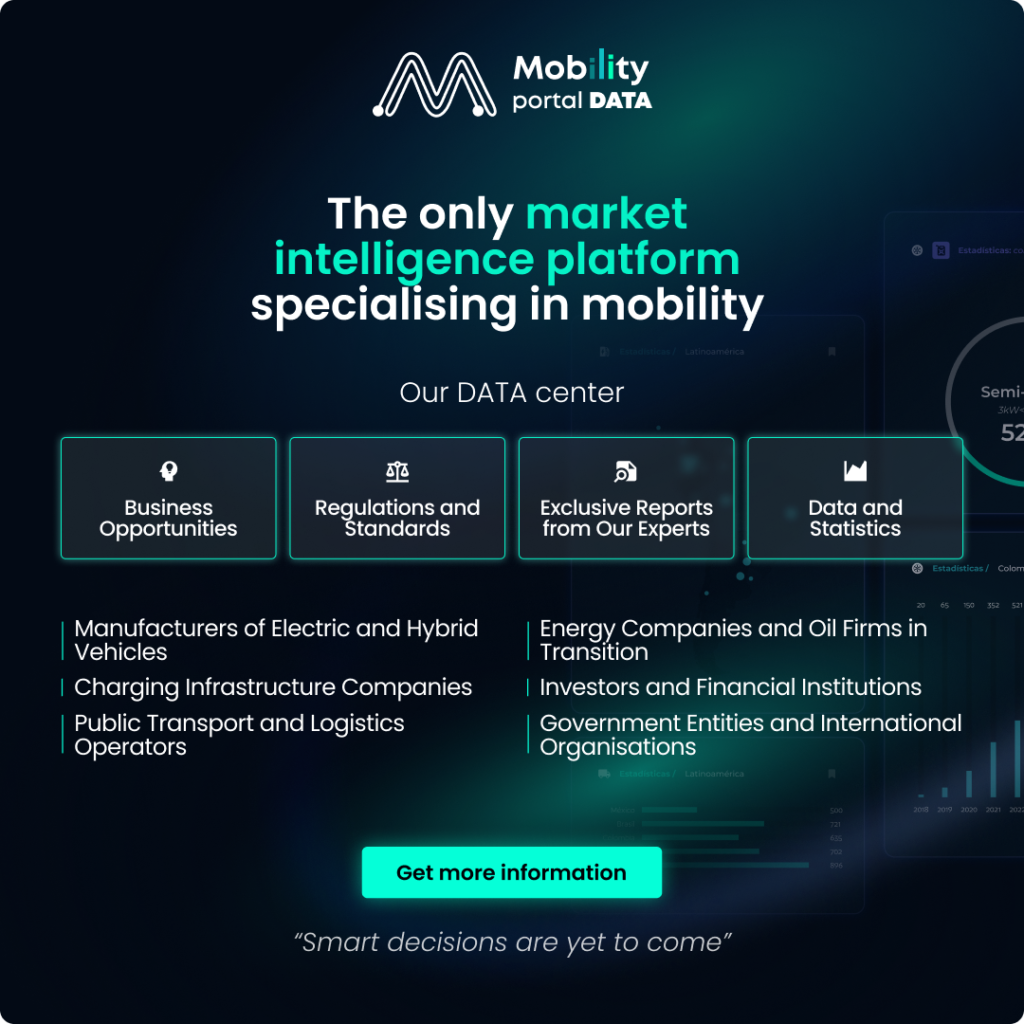DEFA, a Norwegian technology company founded in 1946 with 450 employees across three continents, is advancing its global expansion with its charging solutions as it enters the North American market.
Specifically, this company, a leader in electric vehicle (EV) charging stations in Northern Europe, announced the launch of its products in Canada.
At the Power2Drive fair, Martin Jonsson, Executive Vice President of DEFA’s Electromobility Division, explained to Mobility Portal Europe that the company “develops all technology and manufacturing internally.”
“This allows us to have full control over the value chain,” he adds.
This vertical integration is complemented by production plants located in Norway and China.
“We are a software-based company: we build a technological platform for our solutions. We invented the iPhone in this field,” emphasises the company leader.
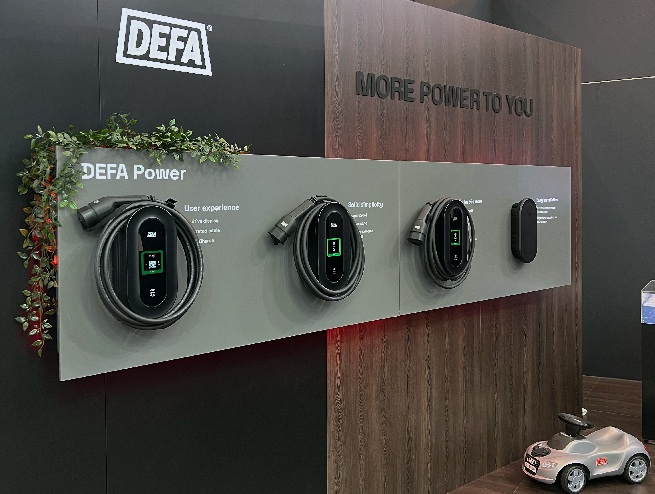
Current Markets and Expansion into North America
DEFA’s primary markets are in Northern Europe, with a strong presence in the Nordic countries as well as in the DACH region (Germany, Switzerland, and Austria).
Although DEFA Group was established in Canada in 2013 to serve as a supplier to the automotive industry, this move marks the introduction of its EV charging solutions to North America.
The leap into the American continent was made at the EV & Charging Expo 2025 held in Toronto, Canada.
“This marks a milestone for entering that region with our technology as well,” says Jonsson.
Beyond the technical differences between the two markets, the company points out that the core principles and innovative ideas remain the same, as does the user interface.
“We want to bring the features and reasons for our success in our home markets to new territories,” Jonsson notes.
What are DEFA’s key strategies for improving the user experience?
A distinctive feature of DEFA is its strong focus on software.
Jonsson emphasises: “We have focused on the next generation of software-based solutions. The next generation of standards, such as OCPP 2.0.1 and 2.1, as well as ISO 15118, is a part.”
The company has innovated in the visual interface for the end user, avoiding common confusion with unclear LED lights.
“We introduced an intuitive screen that shows what’s happening, how fast you’re charging, and how much it’s costing you,” Jonsson details.
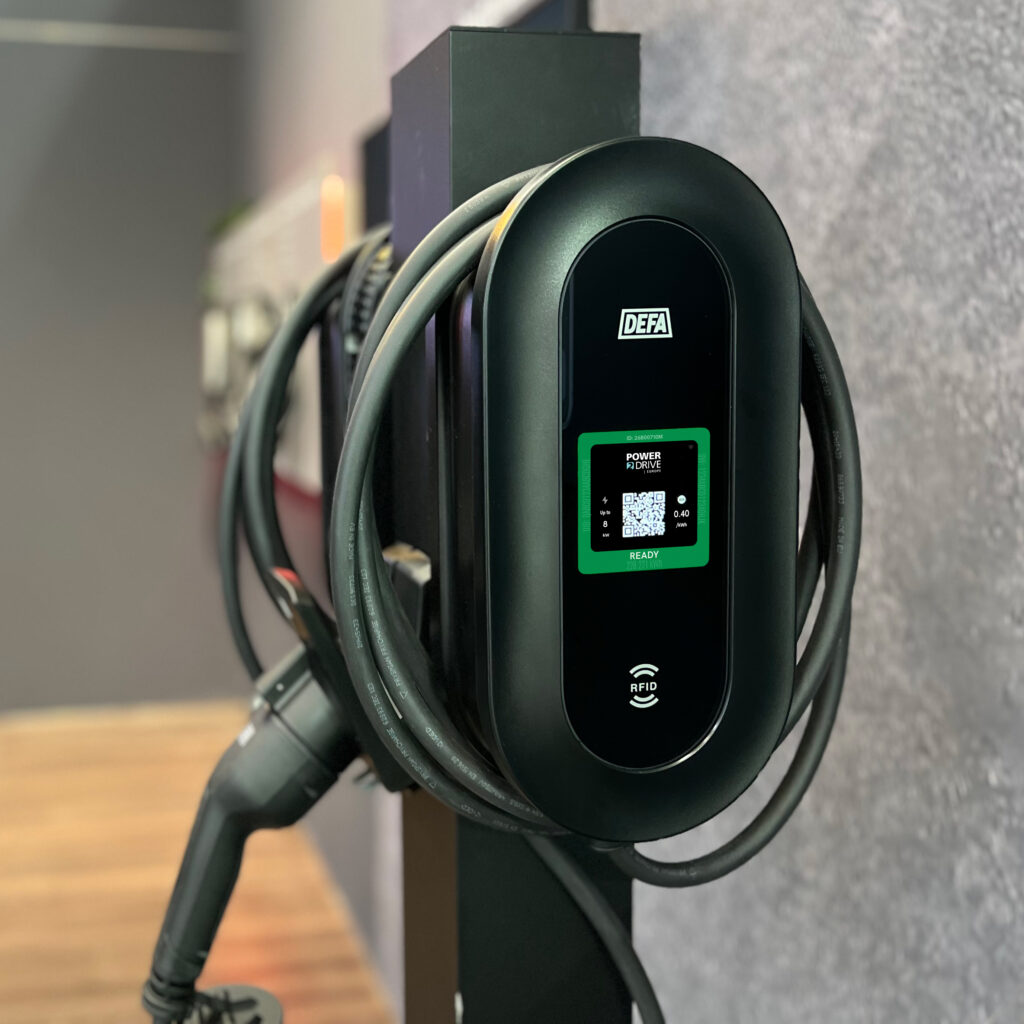
This functionality also enables ad hoc payments, a regulatory requirement in Europe that allows charging without registration.
“For example, in Germany, we are seeing strong demand for DEFA Power – particularly because it combines the intuitive, user-friendly interface with flexible payment options, and is also compliant with both MID and Eichrecht requirements,” says Jonsson.
“This ensures that the charger meets strict standards for accurate energy measurement and transparent billing, which is essential in the German market,” he adds.
DEFA’s clients are diverse, including installers, end users, and businesses.
Jonsson explains that “for installers, it must be very quick, easy, intuitive, and robust.”
EV drivers, on the other hand, require “total transparency of what is happening.”
Its flagship product is DEFA Power, which “combines the next generation of protocols with the interaction between the car and the operator,” offering smart charging to optimise costs.
DEFA Advances in Bidirectional Charging
Regarding emerging technologies, DEFA is already prepared to integrate vehicle-to-grid (V2G) and vehicle-to-home (V2H) functions.
“All the relevant libraries within the ISO 15118 segment are already done. The software base is built; what is key now is having test cases with manufacturers for large-scale implementation,” Jonsson notes.
The sector faces challenges arising from energy volatility and regulatory changes.
Jonsson assures that success awaits those companies at the forefront with new technologies.
“You need to incorporate the full perspective of the end user, the installer, and the operator,” he comments.
Lessons from the Nordic Market for Global Expansion
Regarding the Swedish market, the executive’s home country, he highlights that “90% of charging sessions take place at home or at work, when the vehicle is stationary.”
This learning guides DEFA’s strategy for other markets, prioritising charging infrastructure in residential and work environments.
“The key is to use the available grid to charge the car when it’s naturally stationary. This is what we want to bring to new markets,” he adds.
Finally, Jonsson emphasises the importance of long-term stable incentives for the sector’s development.
“Incentives helped in the beginning, but they can be problematic when they change overnight. There must be a long-term commitment when it comes to these kinds of incentives.”
DISCOVER MOBILITY PORTAL DATA
Discover Mobility Portal Data, a new exclusive market intelligence platform offering reliable data and key reports to support smart decision-making across the automotive sector — covering both combustion and electric vehicles, as well as charging infrastructure.
Research, trend analysis, and neatly organised statistics presented with clarity and precision, alongside up-to-date insights — all just one click away. With Mobility Portal Data, good decisions are on the horizon.
READ MORE
-
Ekoenergetyka: What do major CPOs like Telpark and IONITY look for?
With a strong industrial backbone and a robust after-sales strategy, Polish manufacturer Ekoenergetyka is stepping up its game in southern Europe. The company aims to become the go-to partner for scalable, reliable and locally adapted charging infrastructure.
-
PowerGo opens new fast-charging hub in Belgium
With charging points of 30 and 150 kW, Basic-Fit and PowerGo offer a convenient charging solution for both gym members and EV drivers passing through.
-
chargecloud llega a 80.000 cargadores conectados: ¿Cómo funciona el ecosistema alemán de software eMobility que llega a España?
chargecloud nombra a Joel Martín como Country Manager para liderar su lanzamiento en España. Con su plataforma modular y fiable de 360°, la empresa alemana pretende posicionarse como una referencia de CPMS en el sur de Europa.





